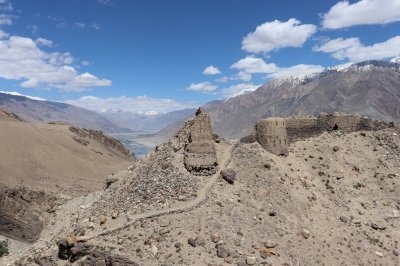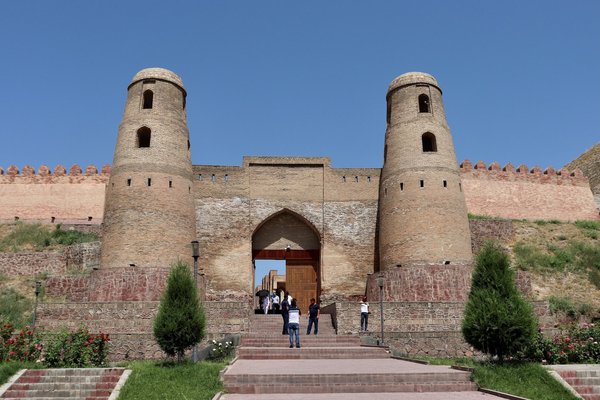Tajikistan
Silk Roads Sites in Tajikistan
Silk Roads Sites in Tajikistan is a serial nomination with 8 sites, 6 of them also on the TL on their own right.
It consists of remains of long-distance routes of integration, exchange and dialogue between the East and the West, from the 2nd century BC until the end of the 16th century. It consists of the ruins of ancient cities representing different period of the Road history, ruins of an ancient monastery, mausoleum or religious schools (representing various different religions from archaic belief to Zoroastrian, Buddhist, Islam) and forts (ruins of Yamutch or still standing like Hissar) protecting the Road.
Site Info
Official Information
- Full Name
- Silk Roads Sites in Tajikistan (ID: 5790)
- Country
- Tajikistan
- Status
-
On tentative list 2013
Site history
History of Silk Roads Sites in Tajikistan
- 2019: Incomplete - not examined
- .
- 2014: Referred
- .
- 2013: Added to Tentative List
- Added to tentative list
- Type
- Cultural
- Criteria
Links
- UNESCO
- whc.unesco.org
All Links
UNESCO.org
- whc.unesco.org — whc.unesco.org
Community Information
- Community Category
- Human activity: Transport and Trade
Travel Information
Recent Connections
News
No news.
Community Reviews
Show full reviews
This serial nomination has 8 different proprieties, six of them having an additional specific entry as their own on the tentative list. I had a chance to visit four of them on my trip to Central Asia in June 2019. Ancient Penjikent and Ancient Town of Khulbuk are reviewed on their specific entries.
Two components are therefore reviewed: Yamchun Castle and Hissar Castle.
These two castles stand on two totally different extremes. Hissar is heavily reconstructed, extremely popular with Tadjik for wedding, and very close to Dushanbe. Yamchun is in the empty, isolated and magnificent Wakham valley, in the extreme south of Tadjikistan, about two days drive (on very very bad roads) from Dushanbe.
The ruins of Yamchun castle lie at 3000 meters, along the long and superb Wakham valley. There is a feeling of the end of the world, in the highest mountains region of the Pamirs, close to where the Himalayas, the Karakoram, the Hindu Kush and the Tian Shan ranges meet. Both sides of the valley are bordered by 6000 meters snow-covered mountains (6723 for Karl Marx Peak). The slopes of the mountains are very arid, and only the bottom of the plain show some green, along the Pandj river on the bottom of the plain. The Panji marks the border with Afghanistan. Travelling there independently is possible, but difficult (rough roads, very few amenities, numerous check-points) so I went on an organized trip of the Pamirs Highway (roughly an itinerary from Osh …
Keep reading 0 comments
